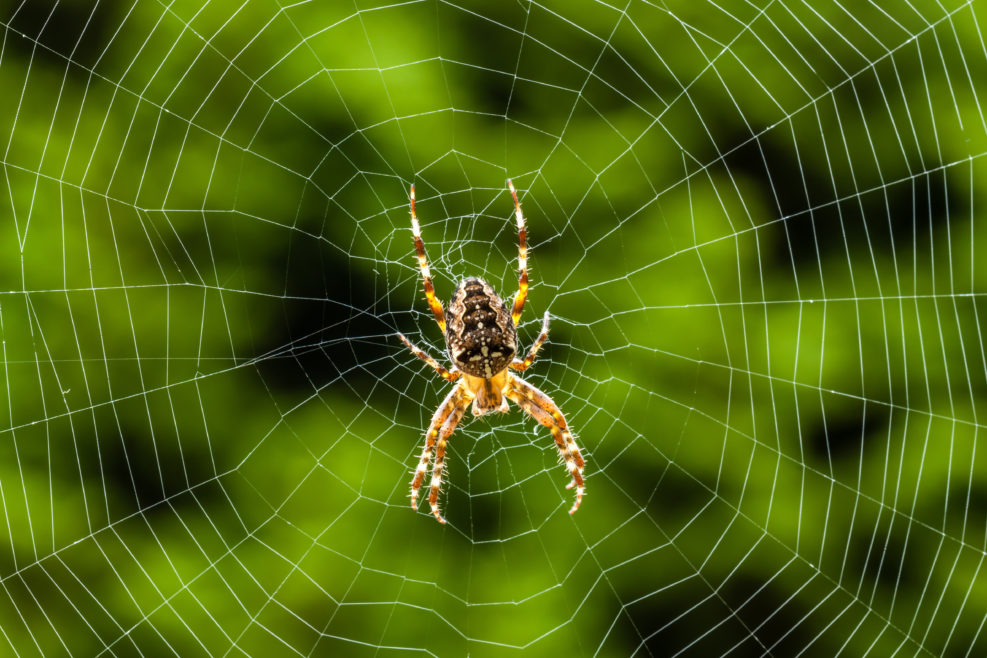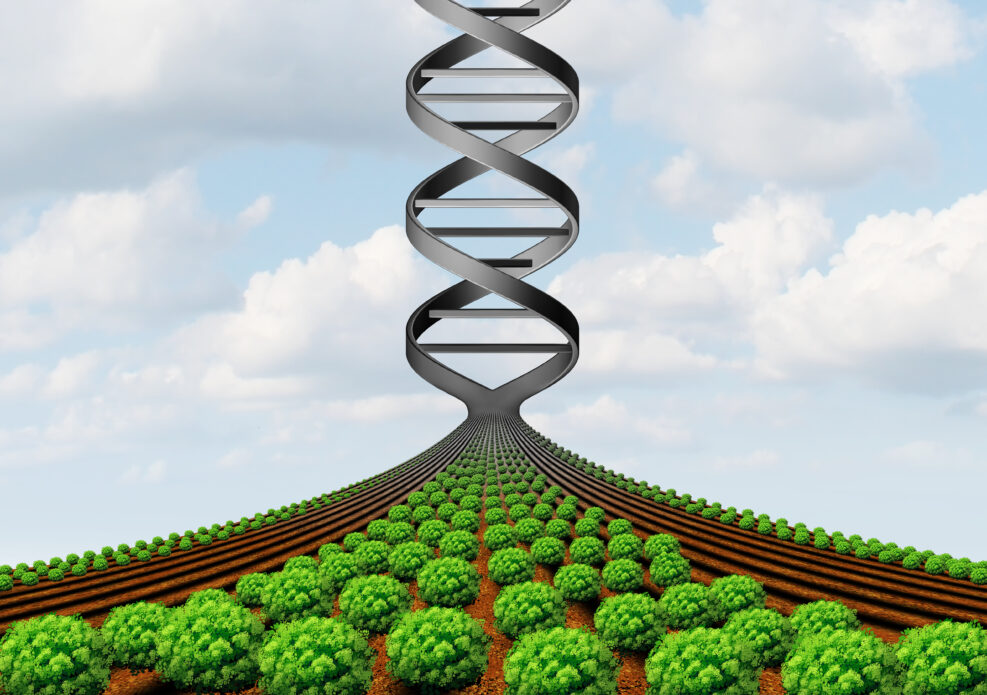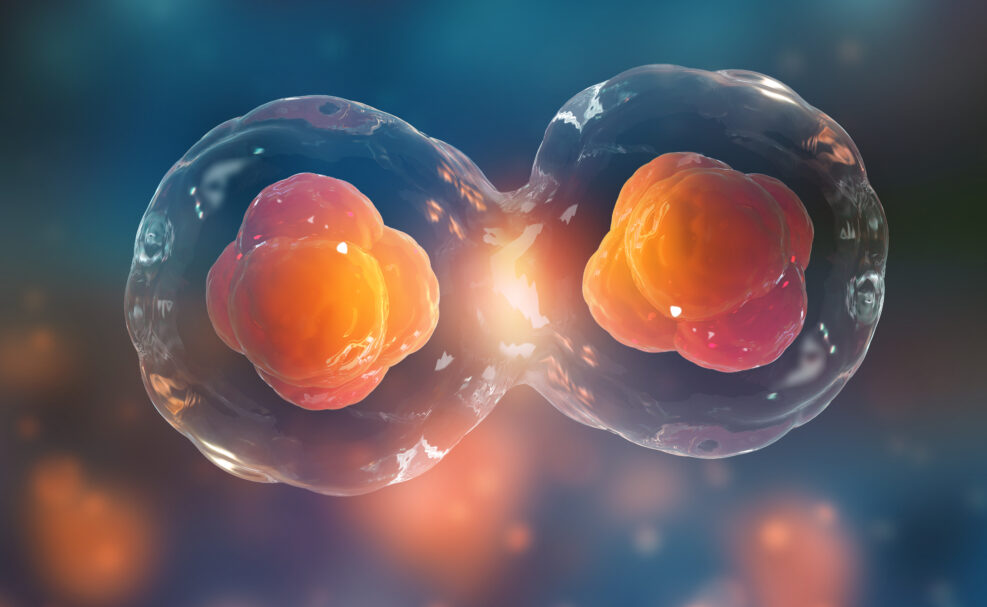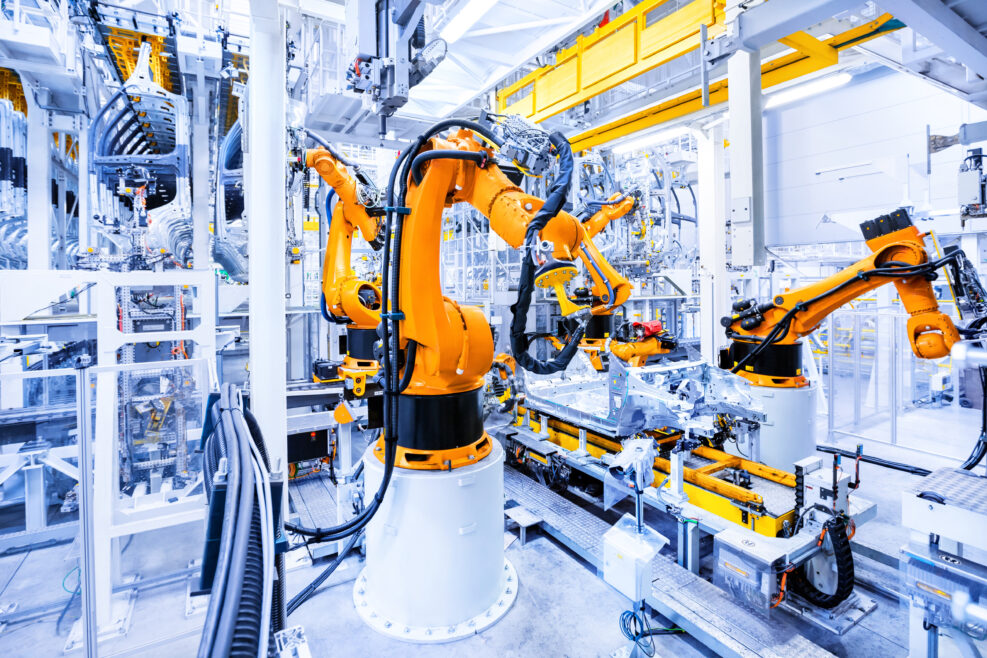
How Informational Realism Subverts Materialism
Within informational realism, what defines things is their capacity for communicating or exchanging information with other thingsHere are some brief excerpts from design theorist William Dembski’s chapter in a forthcoming book on informational realism: To see how informational realism dissolves the mind-body problem, we need first to be clear on what informational realism is and why it is credible. Informational realism is not simply the view that information is real. We live in an information age, so who doesn’t think that information is real? Rather, informational realism asserts that the ability to exchange information is the defining feature of reality, of what it means, at the most fundamental level, for any entity to be real. William A. Dembski, “Informational Realism Dissolves the Mind–Body Problem,” a chapter of the forthcoming Mind and Matter: Modern Dualism, Idealism and Read More ›


















